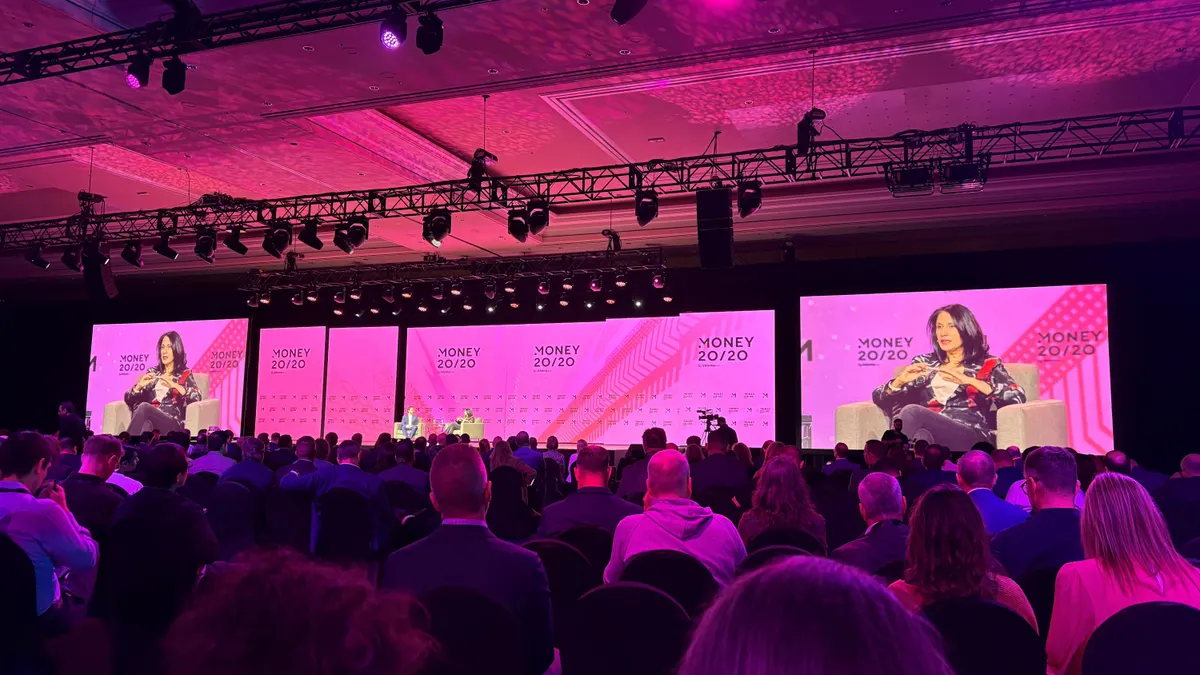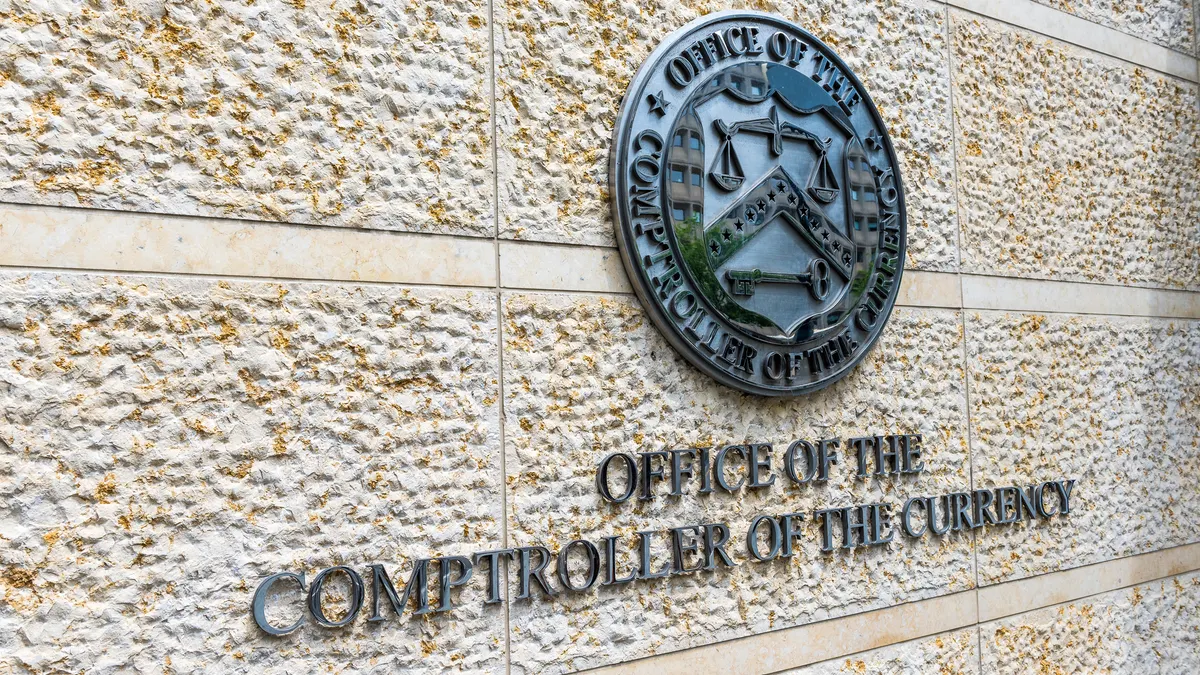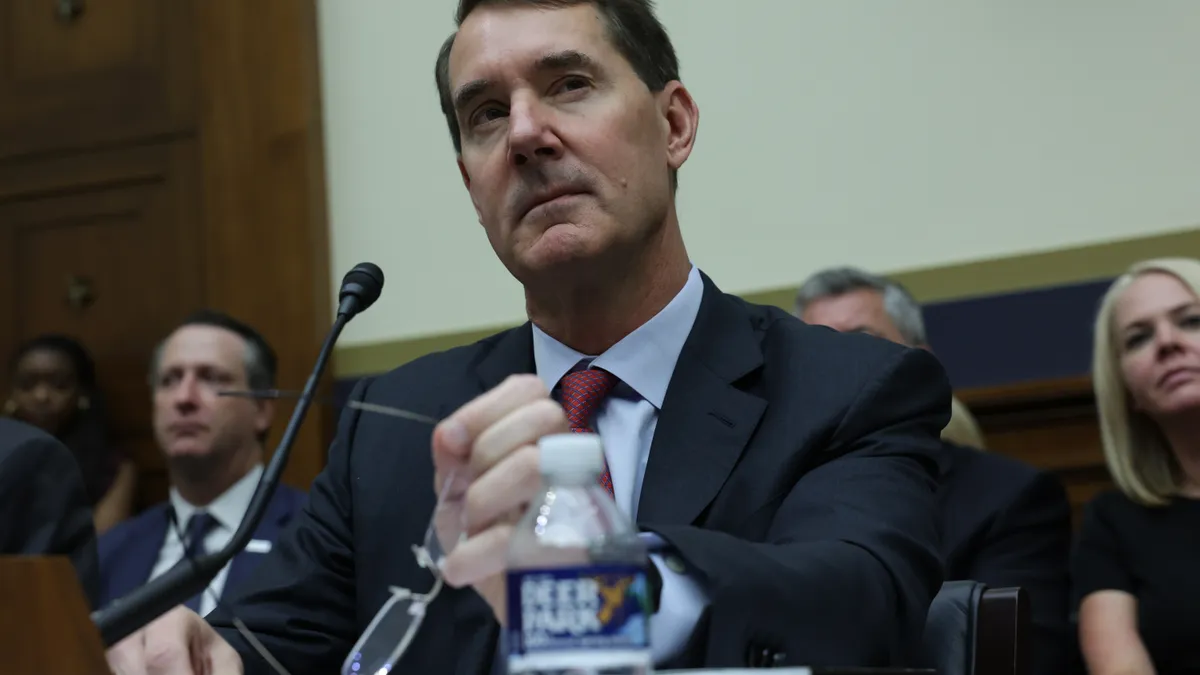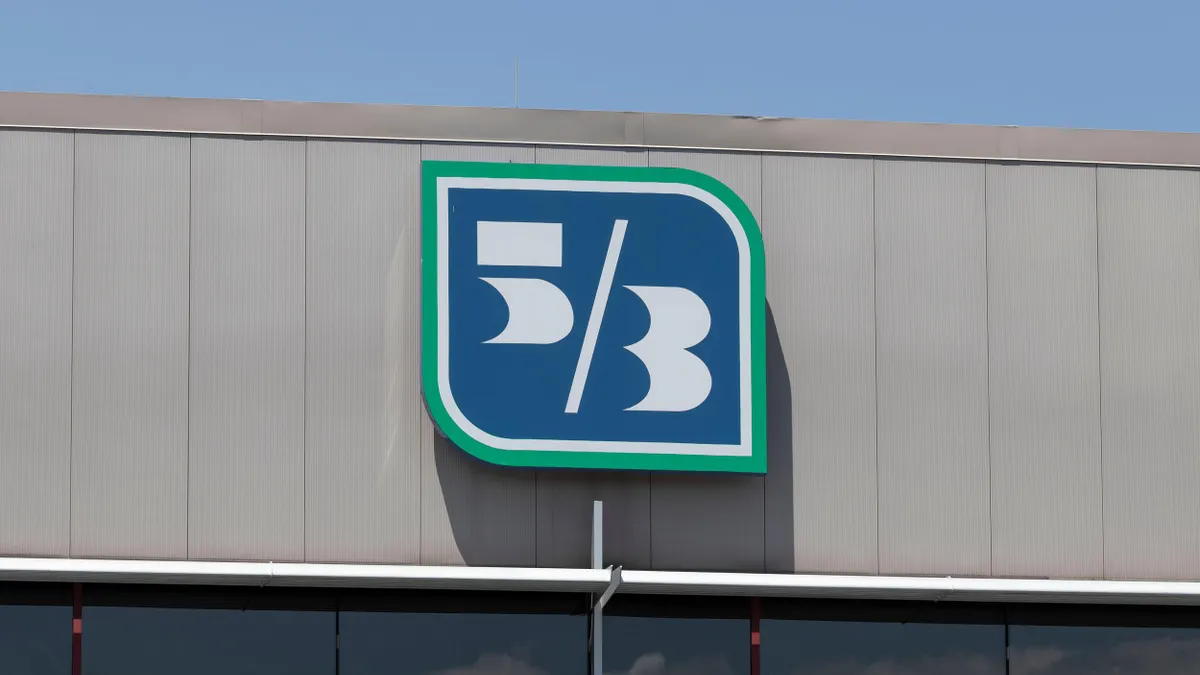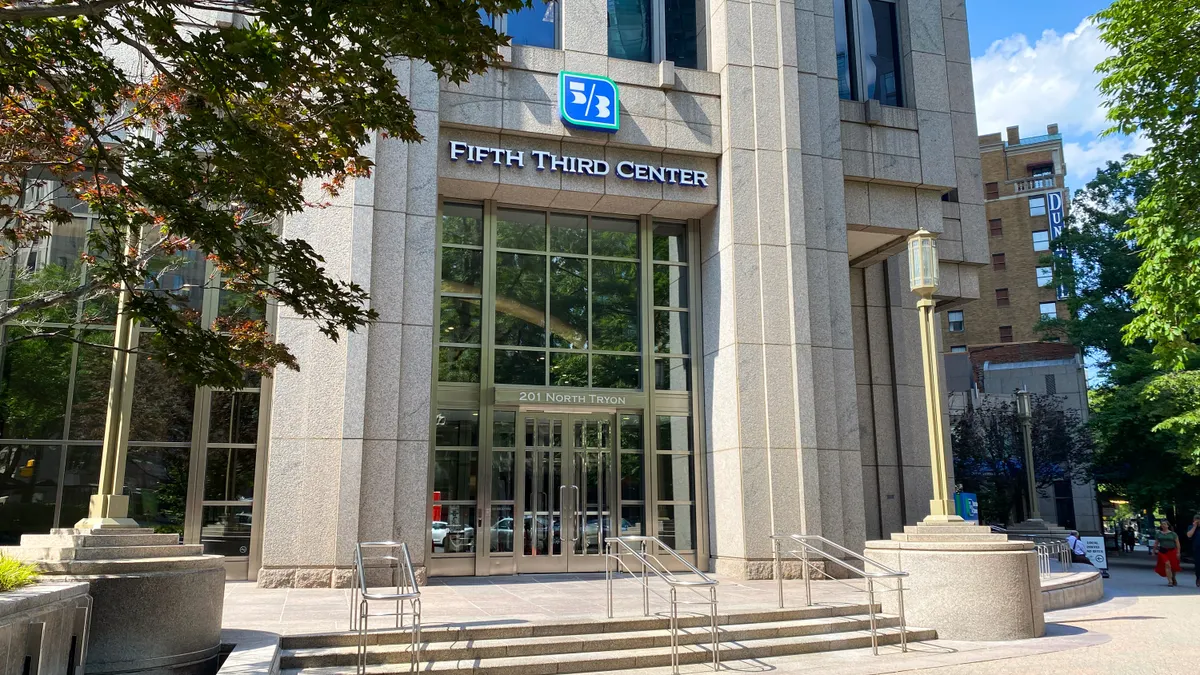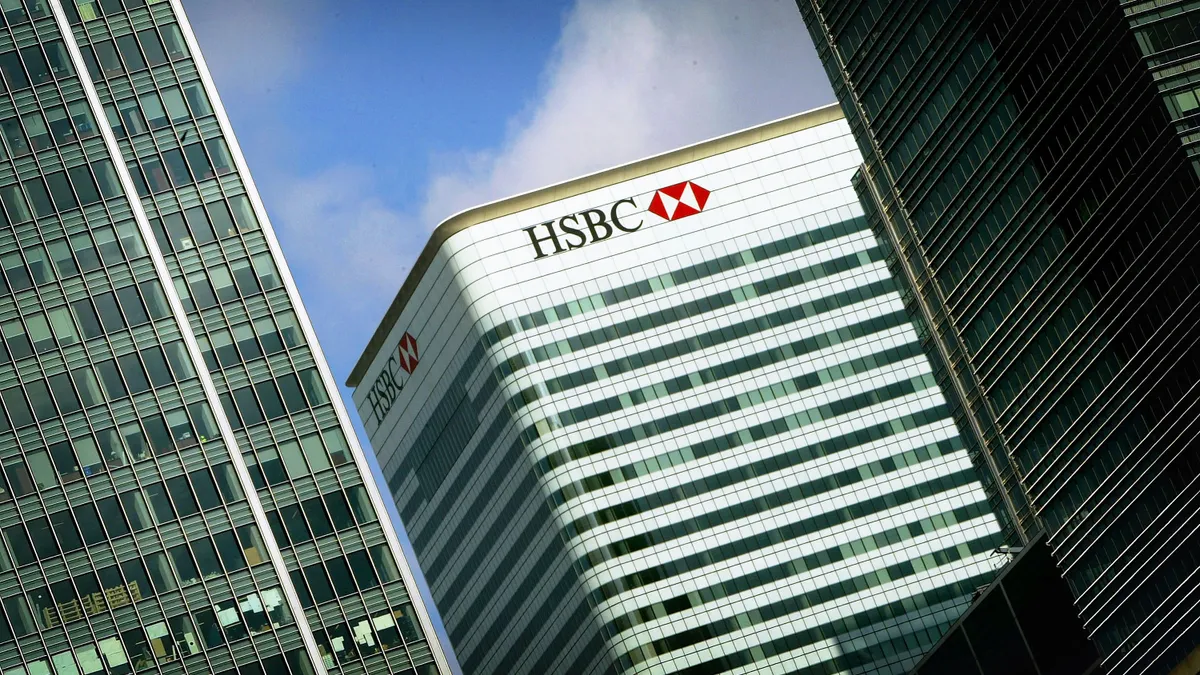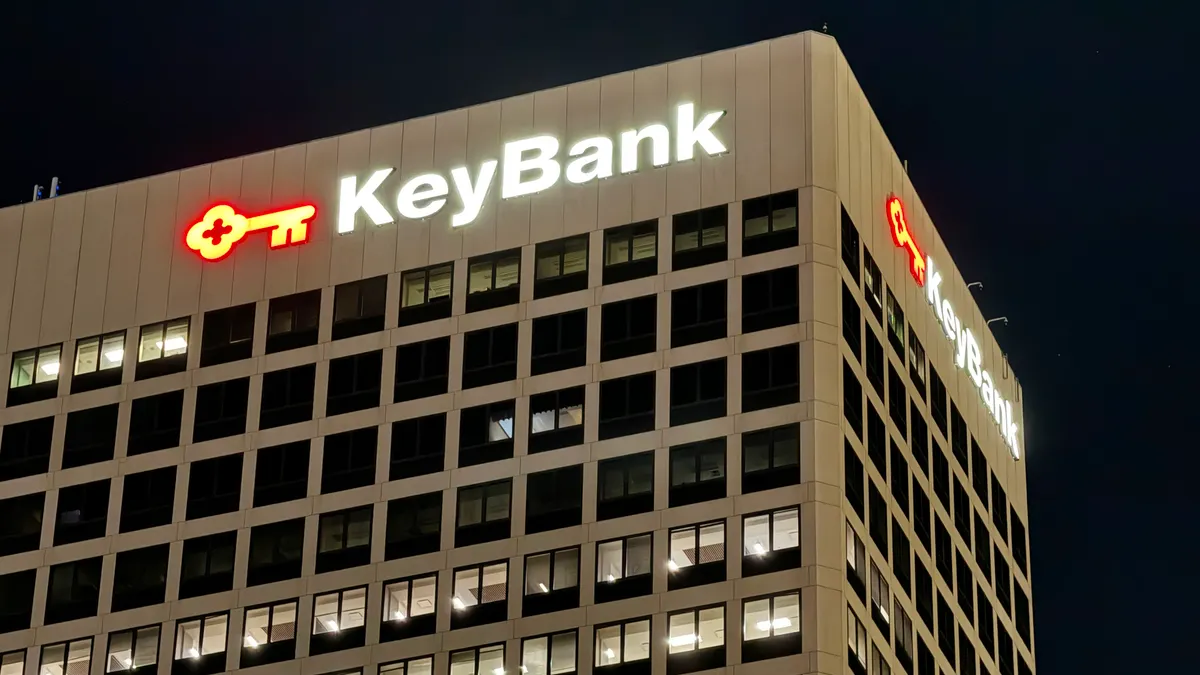Once UMB’s integration of HTLF is complete, UMB CEO Mariner Kemper indicated more acquisitions may be on the horizon.
“We are a 112-year-old entrepreneurial company, and with that comes being ready for what comes our way,” Kemper said in an interview Wednesday.
The Trump administration is expected to view bank M&A more favorably, and “we’re always looking for the right opportunity,” he said.
The CEO, a fourth-generation banker, strives to cultivate relationships and look for partners that “look and feel like us, and can add value to what we do.”
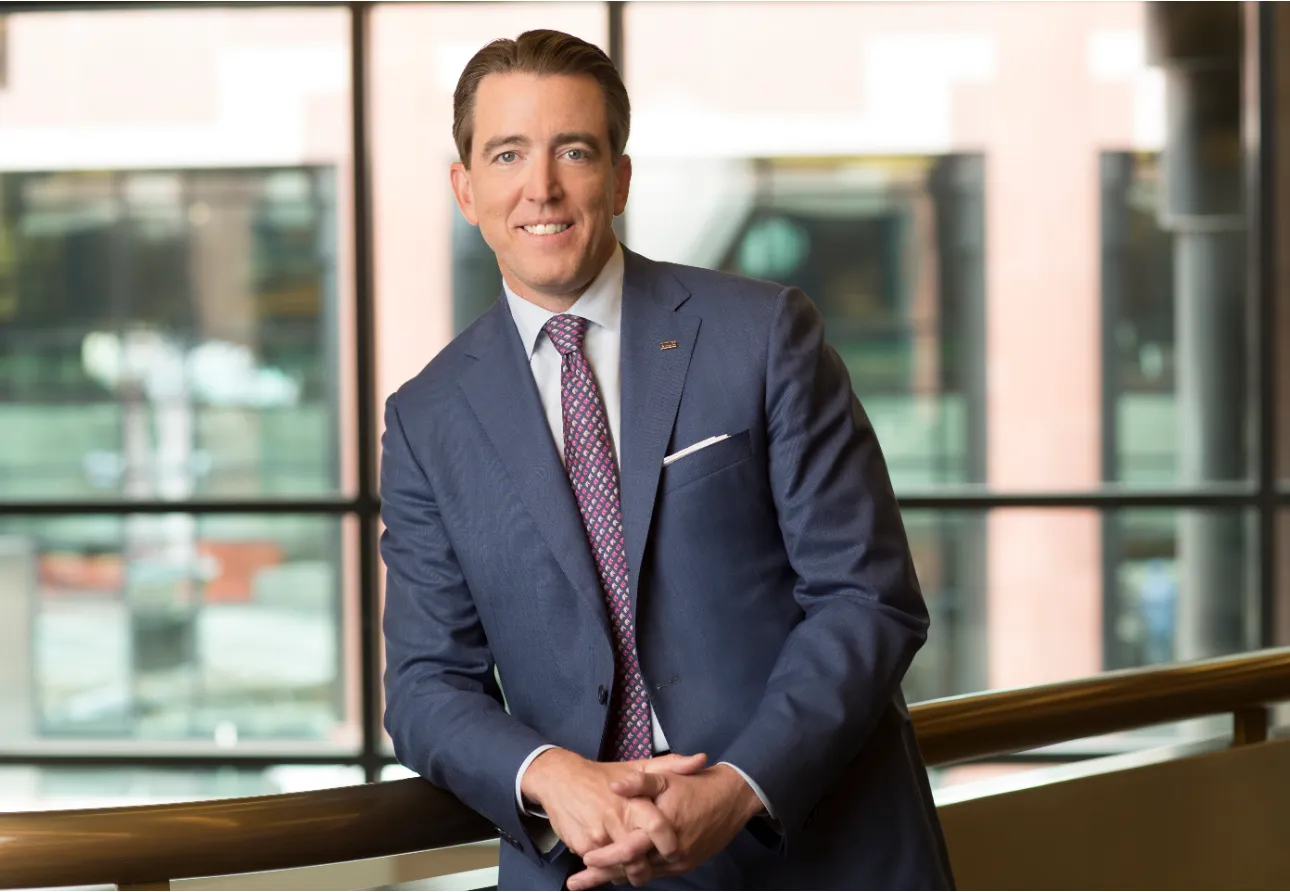
UMB acquired Denver-based Heartland Financial – the largest deal in the Kansas City, Missouri-based lender’s history – for $2.8 billion, Kemper said. The deal closed Jan. 31.
The direction set by the White House thus far has suggested less red tape and a more business-friendly environment, but “they’re mostly directives and there’s not a lot of meat on the bone yet,” Kemper said.
Still, he expects the trend of fewer banks in the U.S. over time to continue, “and we’re one of the consolidators.”
‘Dress rehearsals’
The HTLF acquisition boosted UMB’s assets by more than 40%, to roughly $68 billion, with about $54.7 billion in deposits. That makes the Kansas City lender the 46th-largest bank in the U.S. The transaction also more than doubles UMB’s branch footprint – to just shy of 200 – and grows its footprint to 13 states from eight.
UMB, which adds about 1,500 HTLF employees, also intends to hire and add more branches down the road, with California and the upper Midwest offering opportunity for further expansion, Kemper said.
UMB had been looking to diversify its funding base, which was overly weighted toward commercial and institutional, Kemper said. The HTLF deal doubled the size of UMB’s retail deposit base, which “allows us to invest in our retail business more efficiently going forward,” he said.
And since HTLF’s CEO, Bruce K. Lee, retired at the close of the transaction, “we were able to pick up the franchise without integrating two management teams,” Kemper said. “We didn’t really pick up any of their senior management.”
As the bank grows, the next hurdle for UMB would be crossing the $100 billion asset threshold, which is “a very cumbersome and expensive line to cross,” Kemper said. He also noted meeting new living will requirements for banks exceeding $50 billion in assets is a “big process” he’d like to see eliminated for banks his size.
UMB is taking its time with the integration of HTLF, to minimize any issues that could arise with data or fraud, Kemper said.
UMB is “doing dress rehearsals” and dry runs, with plans to convert systems in the fourth quarter, he said. That includes everything from HTLF’s core system, to its deposit and credit card systems, to its wealth management system. In some cases, the two banks use the same platform.
“A lot of banks will move from close to conversion a lot quicker than we’re going to,” Kemper said. “It’s really important to us to get it right, to remove any possibility for customer disruption.”
Although UMB hadn’t done a deal this large before, Kemper said the lender is tapping its integration experience with institutional customers. Every four to five months, “we’ll convert large institutional customers that have as many customers as we’re converting with this acquisition,” he said.
‘Reputation means everything’
The chance to grow UMB’s wealth business was another key driver of the HTLF acquisition, Kemper said.
Expanding the bank’s wealth business by 32% “overnight” allows UMB to invest in the unit “more efficiently, hire more people, invest in our technology and not affect our profitability negatively while we do that,” Kemper said.
There’s no shortage of competition in the wealth business, especially as banks clamor for fee-based revenue, but UMB is leaning on its capital position and its history of being a trusted partner.
“We’re a company that’s family-run for over 100 years – from 1913 forward. What you get with that is continuity, consistency and trust. The wealth business is a trust business,” Kemper said.
There are “very few” banks that have been around that long in their current form, with an uninterrupted management approach, he added.
“Nobody but a Kemper has run our company since 1913,” he said.
Kemper also contrasted the lender against wealth advisers that aren’t banks, underscoring UMB’s capital and liquidity position.
“I don't want to name names, but oftentimes in the headlines, you see settlements, with big, famous wealth firms apologizing for something they did, or settling with their customers,” he said. “You'll never find us having to do that. Our reputation means everything.”




